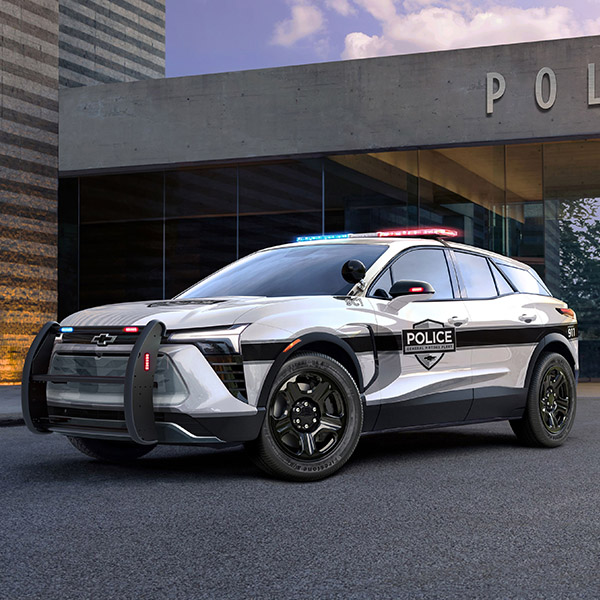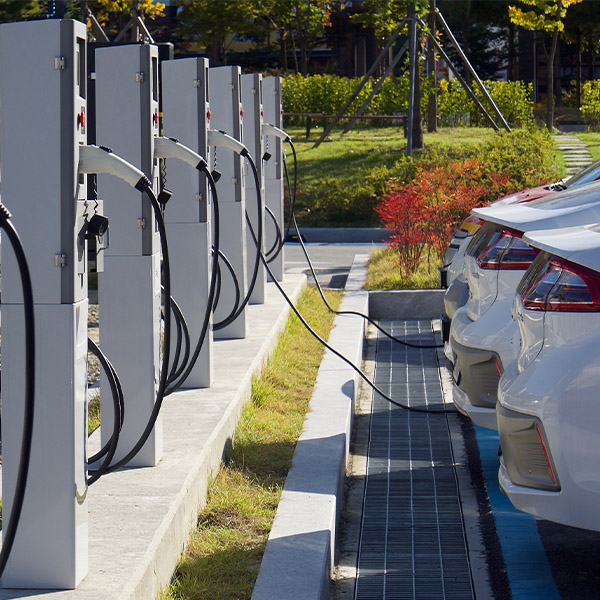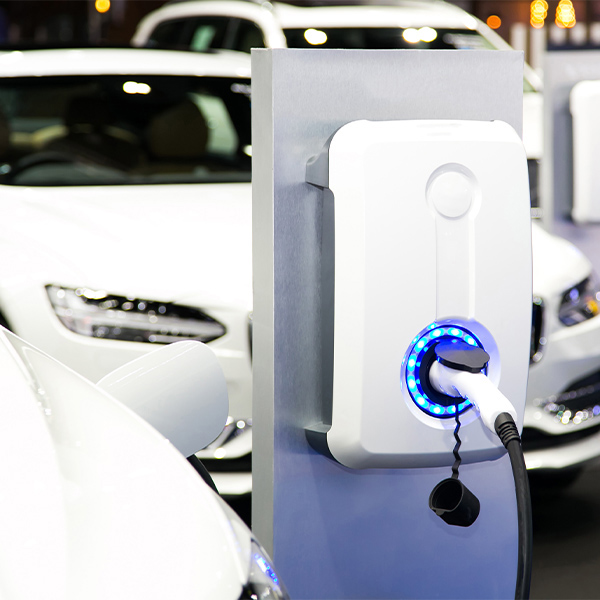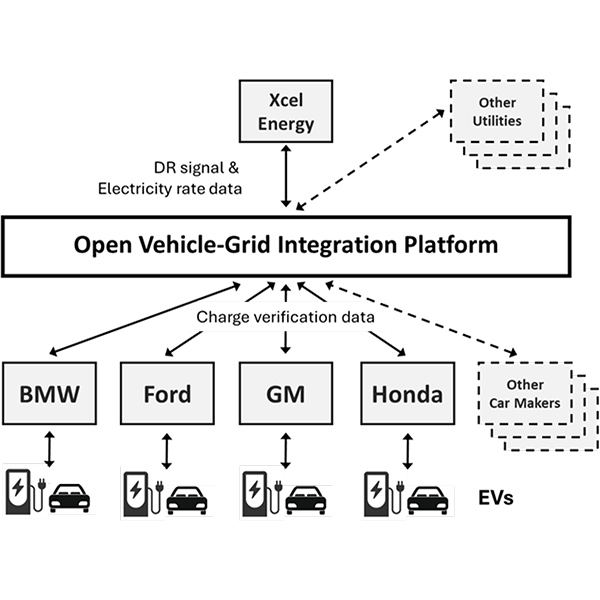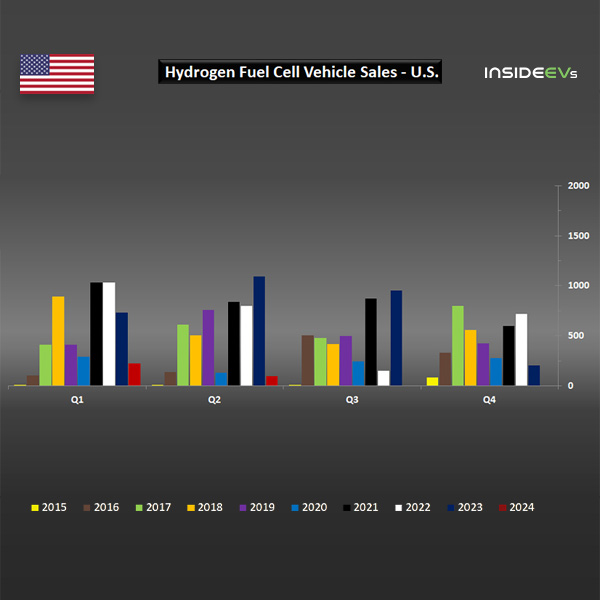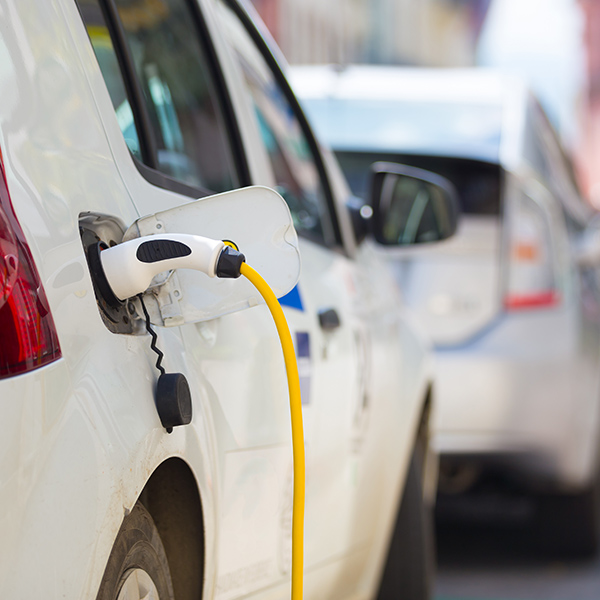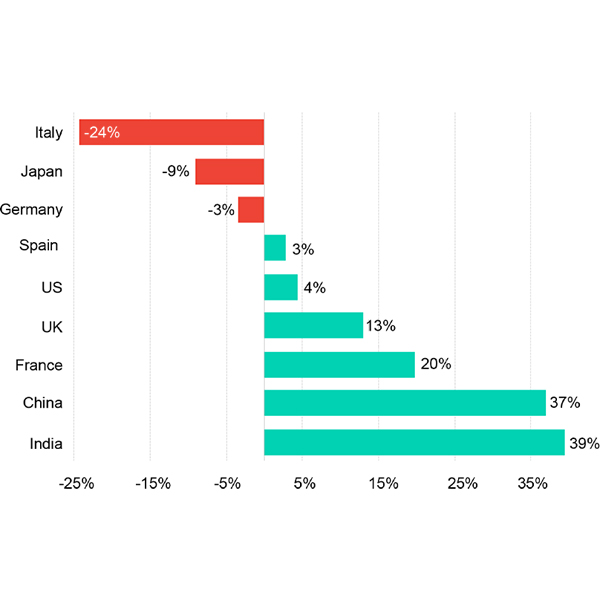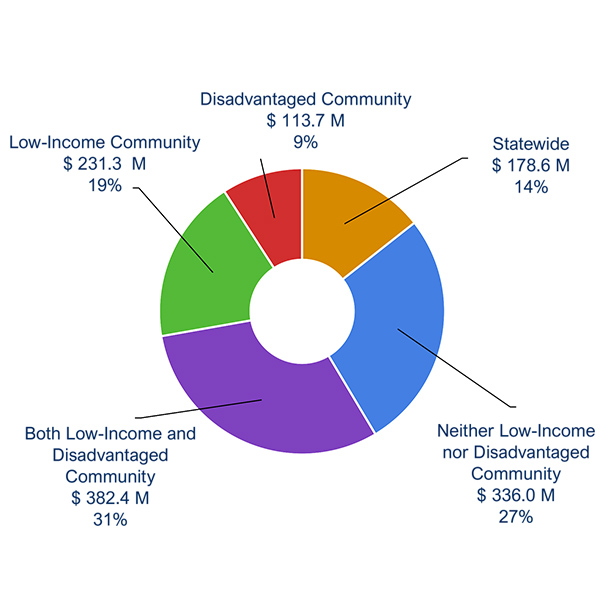Electric vehicles (EVs)
New Jersey’s Board of Public Utilities awarded $3.4 million in grants to 18 proposals under a new program designed to help municipalities implement clean energy projects.
NERC plans to create a task force to address the reliability risks posed by growing adoption of electric vehicles.
New Jersey last year put an additional 62,426 new EVs on the road, a 68% increase over 2022, which has prompted some advocates to suggest the state is in reach of its goal of having 330,000 EVs in the state by 2025.
Vehicle-to-grid integration is about more than connecting electric vehicles to the grid, say reports from DOE and the Alliance for Automotive Innovation.
Sales of electric vehicles in the U.S. are showing some signs of recovery, while the market for hydrogen fuel cell vehicles has practically collapsed.
The shift in incentive strategy, toward low- and mid-income buyers, comes as New Jersey seeks to continue its recent relatively strong EV sales amid signs of weakening markets in other states.
About 20% of all vehicles sold worldwide this year will have a plug ― either battery electric or plug-in hybrid ― with sales predicted to rise to one-third by 2027.
California must find ways to allocate more of its funding for ZEV infrastructure to disadvantaged communities, according to an advisory committee for the Energy Commission's Clean Transportation Program Investment Plan.
The new standard sets regular 2% increases in fuel efficiency for passenger cars ― sedans and SUVs ― per year between the 2027 and 2031 model years, rising from 60 mpg to 65.1 mpg.
DOE initiatives aimed at expanding EV charging networks have become more urgent as the November election looms and growth in EV sales has slowed.
Want more? Advanced Search
